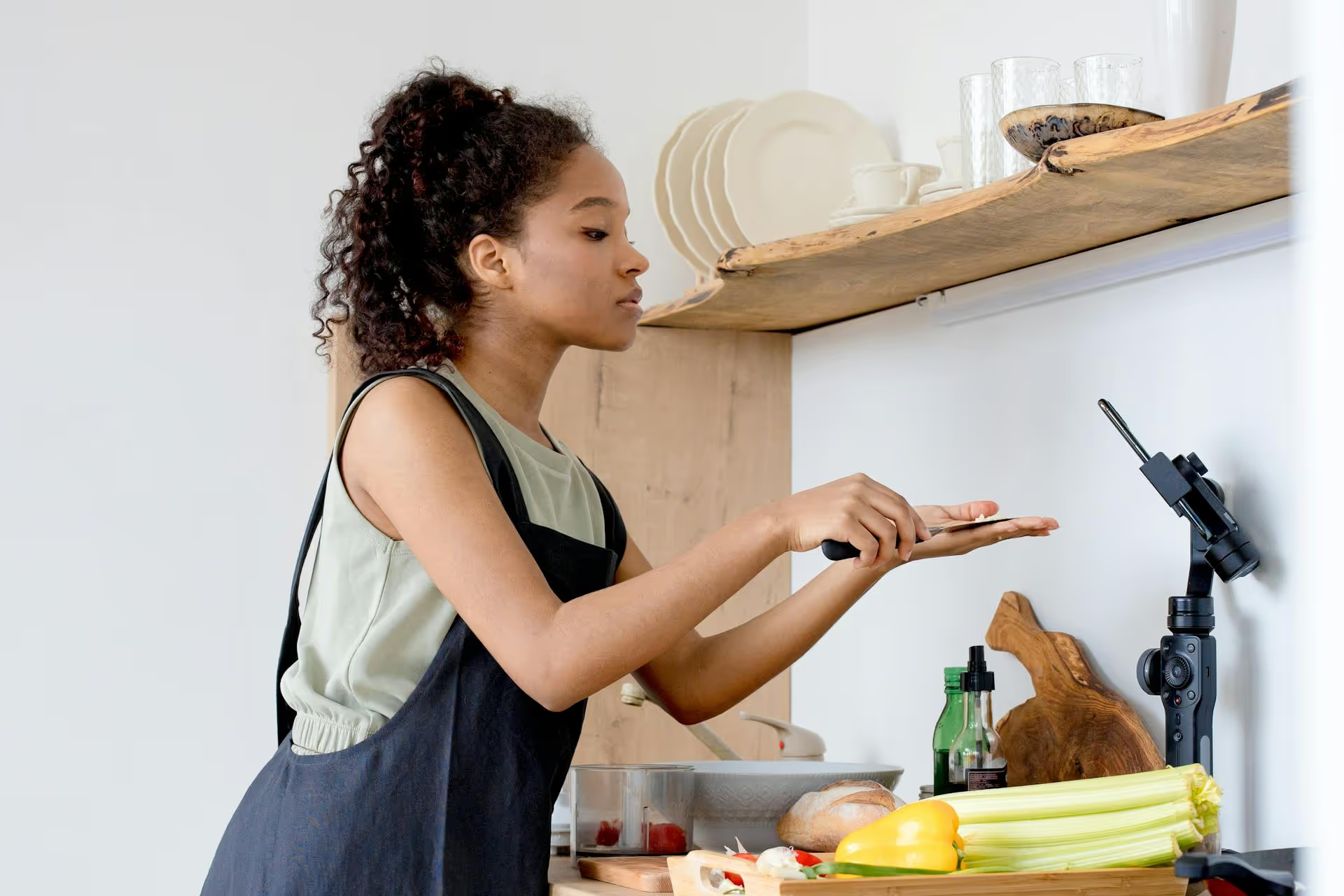How to Add Social Media Icons to an Email Signature
Enhance your email signature by adding social media icons. Discover step-by-step instructions to turn every email into a powerful marketing tool.

Transforming your window shoppers into paying customers hinges on meeting them where they are, and for e-commerce brands, that's often on Pinterest. Connecting your Shopify store directly to Pinterest is one of the most effective ways to turn inspiration into sales. This guide will walk you through setting up the official Pinterest app on Shopify, what that connection actually does for your store, and how to start leveraging it for growth.
Before we get into the step-by-step, it’s helpful to understand what this integration makes possible. It’s not just about placing a link. A direct connection between Pinterest and Shopify streamlines your workflow and unlocks powerful commercial tools that can significantly impact your bottom line.
Simply put, this integration transforms Pinterest from a traffic source into a fully-fledged sales channel for your brand.
Shopify and Pinterest worked together to create an official app that makes this process incredibly easy. There’s no need to mess with code or complex settings. Here’s how to get it done.
The first step is adding the free Pinterest app to your Shopify store. This app will serve as the bridge between your product inventory and your Pinterest business profile.
After you add the app, Shopify will ask you to confirm that you want to install it. This is where you grant the necessary permissions for the app to access your product info and page details.
The final steps involve confirming your settings. The app does most of the heavy lifting for you automatically, such as placing the Pinterest Tag and claiming your website - a process that confirms you own your Shopify store’s domain.
And that’s it! Your Shopify store is now officially connected to Pinterest.
The technical work is done, but your Pinterest marketing journey is just beginning. Setting up the connection gives you the tools, but building a brand and driving sales requires a strategy.
With the integration complete, your products are now represented as Product Pins. These are different from regular Pins because they are enriched with metadata pulled directly from your Shopify store, including:
This information updates automatically. If you run a sale on Shopify, the price displayed on the Pin will change. If a product goes out of stock, the Pin will show that to users. This accuracy builds trust and prevents user frustration from clicking on a sold-out item.
Pinterest is a visual discovery engine. Users are there to find ideas and inspiration, not hard sales pitches. Your success depends on the quality and appeal of your Pins.
Pinterest is less of a social network and more of a visual search engine. People actively use the search bar to find products and ideas. To get found, you need to use keywords.
Connecting Pinterest to your Shopify store is a straightforward process thanks to the official app, and it fundamentally changes how you can use the platform for e-commerce. You can move beyond simply hoping for traffic and start building a reliable sales channel that's driven by your product catalog, powered by data, and perfectly aligned with how modern consumers discover and shop for products online.
Once everything is hooked up, the real task involves creating and managing a steady flow of visual content. At Postbase, we built our tool specifically for the visual-first world of platforms like Pinterest, Instagram, and TikTok. Since our system was designed from the ground up to handle today’s content formats - especially short-form video and multimedia posts - it doesn't have the clunky, bolted-on feeling of older tools. Seeing your entire visual strategy in a single calendar makes planning content effortless, and our scheduling is rock-solid, so you can trust that your beautifully crafted Pins go live exactly when you want them to.
Enhance your email signature by adding social media icons. Discover step-by-step instructions to turn every email into a powerful marketing tool.
Learn how to add your Etsy link to Pinterest and drive traffic to your shop. Discover strategies to create converting pins and turn browsers into customers.
Grant access to your Facebook Business Manager securely. Follow our step-by-step guide to add users and assign permissions without sharing your password.
Record clear audio for Instagram Reels with this guide. Learn actionable steps to create professional-sounding audio, using just your phone or upgraded gear.
Add translations to Instagram posts and connect globally. Learn manual techniques and discover Instagram's automatic translation features in this guide.
Optimize your Facebook Business Page for growth and sales with strategic tweaks. Learn to engage your community, create captivating content, and refine strategies.
Wrestling with social media? It doesn’t have to be this hard. Plan your content, schedule posts, respond to comments, and analyze performance — all in one simple, easy-to-use tool.